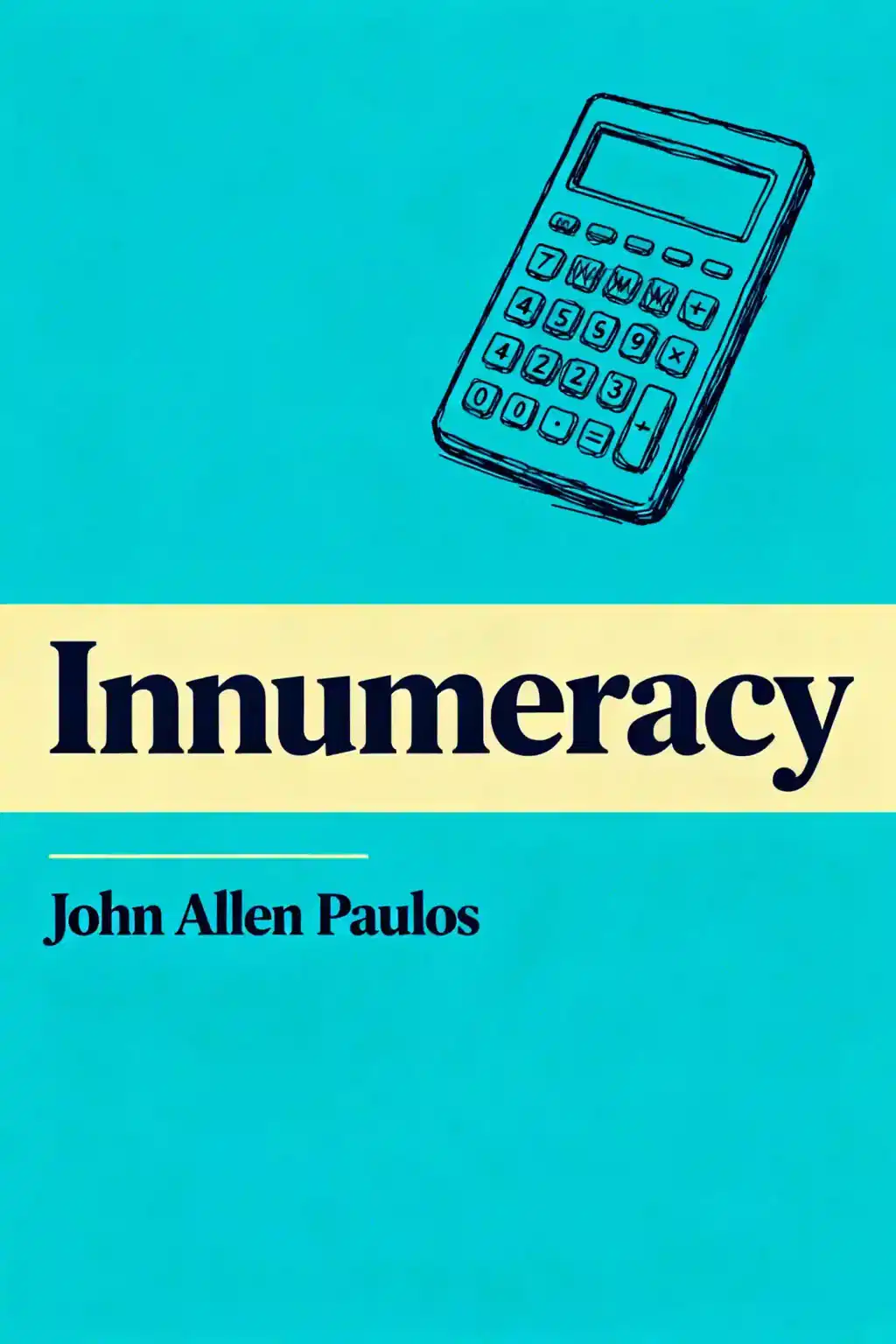What is
Street-Fighting Mathematics by Sanjoy Mahajan about?
Street-Fighting Mathematics teaches practical problem-solving techniques for quickly approximating answers to complex mathematical problems without rigorous proofs. Sanjoy Mahajan emphasizes tools like dimensional analysis, easy cases, and pictorial proofs to develop intuition and avoid cumbersome calculations. The book bridges theory and real-world applications, offering strategies for STEM professionals to tackle problems in physics, engineering, and beyond through educated guessing.
Who should read
Street-Fighting Mathematics?
This book is ideal for students and professionals in STEM fields (physics, engineering, computer science) with a foundation in calculus. It suits those seeking efficient methods to solve real-world problems or verify results intuitively. While not for casual readers, it benefits educators teaching approximation techniques and professionals needing rapid, accurate estimates in technical work.
Is
Street-Fighting Mathematics worth reading?
Yes, for its unique focus on approximation methods rarely covered in traditional curricula. It provides actionable tools like lumping and analogy-based reasoning, enabling readers to bypass complex calculations. Critics note it assumes advanced math familiarity, but its problem-solving frameworks remain valuable for engineers, researchers, and educators.
What are the six tools taught in
Street-Fighting Mathematics?
The book’s core tools are:
- Dimensional analysis (simplifying problems via unit consistency)
- Easy cases (testing degenerate scenarios for insights)
- Lumping (approximating complex systems as simpler models)
- Picture proofs (visual reasoning for algebraic truths)
- Successive approximation (iterative refinement of estimates)
- Reasoning by analogy (applying solved problems to new contexts)
How does
Street-Fighting Mathematics approach differential equations?
It demonstrates solving nonlinear differential equations (e.g., pendulum motion) using street-fighting tools like dimensional analysis and successive approximation. For example, approximating the pendulum’s period by breaking the problem into dominant terms and corrective adjustments, avoiding exact analytical solutions.
What is "taking out the big part" in
Street-Fighting Mathematics?
This strategy involves solving the most significant component of a problem first, then addressing smaller corrections. For instance, estimating ( \sqrt{10} ) by approximating ( \sqrt{9} = 3 ) and refining with linear adjustments. The method prioritizes low-entropy equations for clarity and speed.
How does
Street-Fighting Mathematics use pictorial proofs?
Visual arguments replace algebraic derivations to prove concepts like the AM-GM inequality or Stirling’s formula. Diagrams simplify abstract ideas, making them accessible and memorable. This approach reinforces intuition, a key theme in Mahajan’s problem-solving philosophy.
Does
Street-Fighting Mathematics require advanced math knowledge?
Yes. Readers need calculus familiarity, as examples involve derivatives, integrals, and differential equations. While the title suggests accessibility, the content targets advanced undergraduates or professionals comfortable with technical problem-solving.
What criticisms exist about
Street-Fighting Mathematics?
Some reviewers argue the methods are too basic for experienced practitioners, while others note the reliance on intuition may lack rigor for theoretical mathematicians. However, most praise its practicality for applied scientists and engineers needing rapid results.
Can
Street-Fighting Mathematics help with real-world engineering problems?
Absolutely. Techniques like dimensional analysis streamline tasks like fluid dynamics modeling, while lumping aids in approximating system behaviors. The book’s focus on "good enough" answers aligns with time-constrained engineering workflows, offering tools to validate computational results.
How does
Street-Fighting Mathematics compare to traditional problem-solving?
Unlike traditional methods emphasizing exact solutions, Mahajan prioritizes speed and intuition. For example, using easy cases to test solutions avoids getting stuck in complex algebra. This approach complements rigorous analysis by providing sanity checks and initial guesses.
What are key examples from
Street-Fighting Mathematics?
Notable examples include:
- Deriving Stirling’s approximation using pictorial proofs
- Solving the Navier-Stokes equation via dimensional analysis
- Estimating transcendental equation roots through analogy
These illustrate how street-fighting tools unravel seemingly intractable problems.














